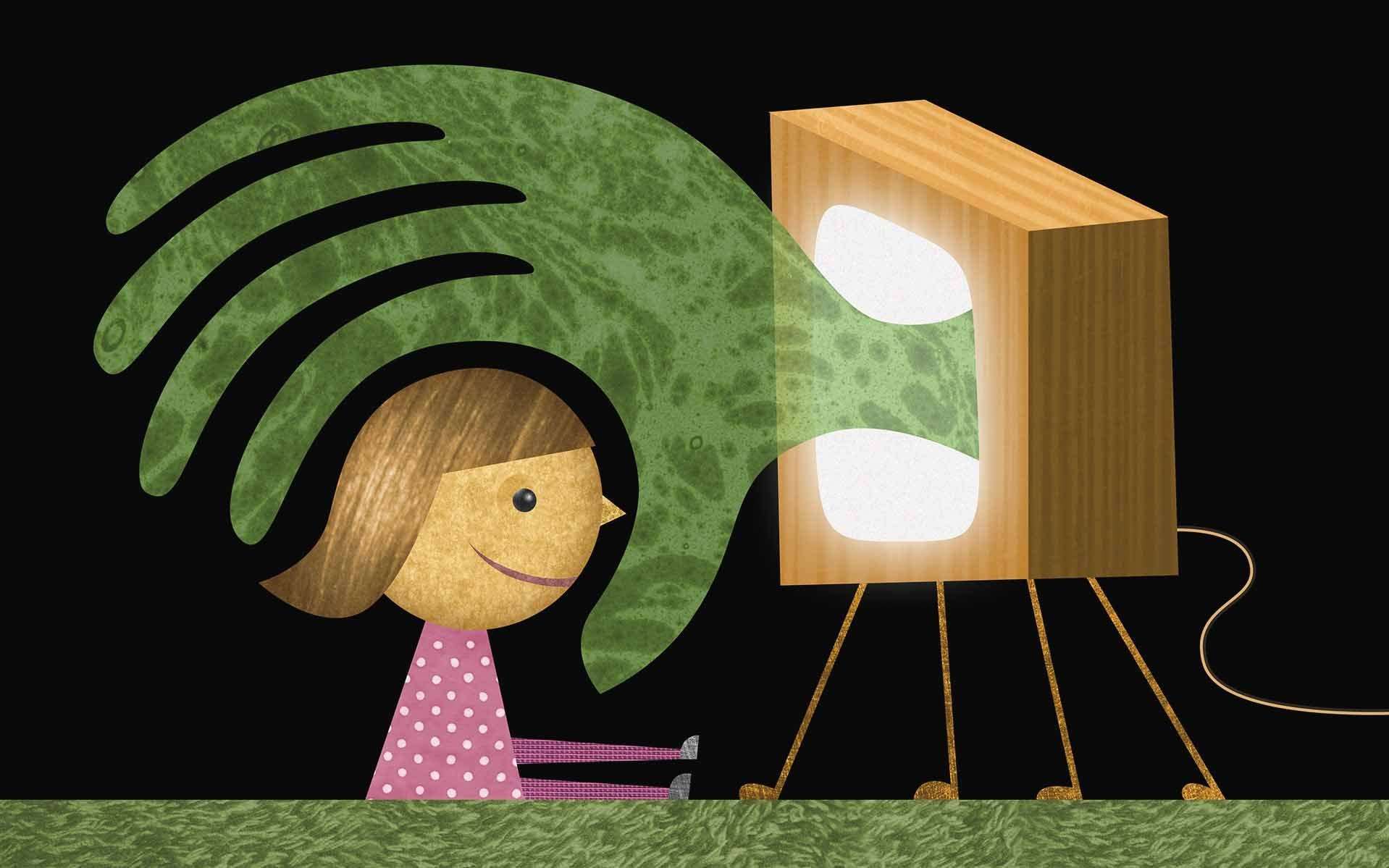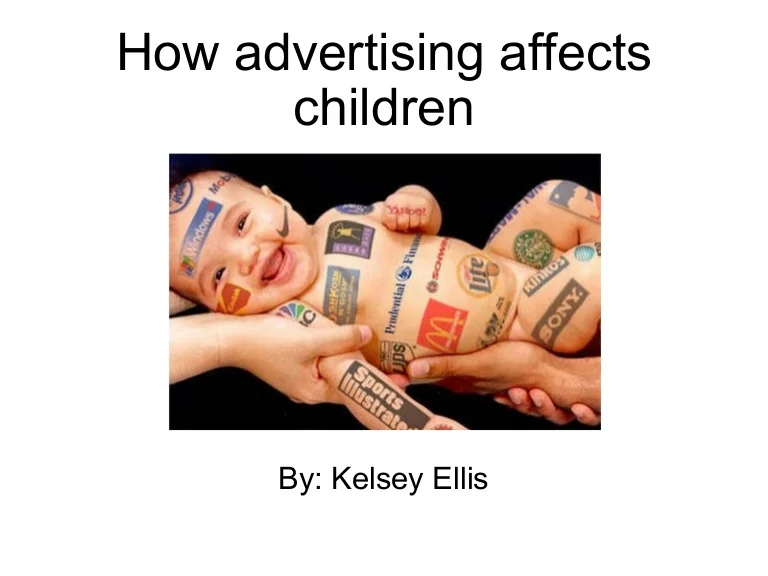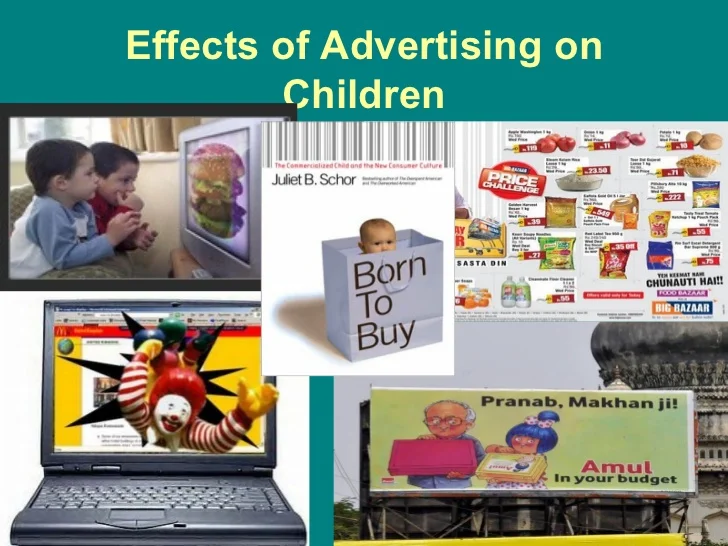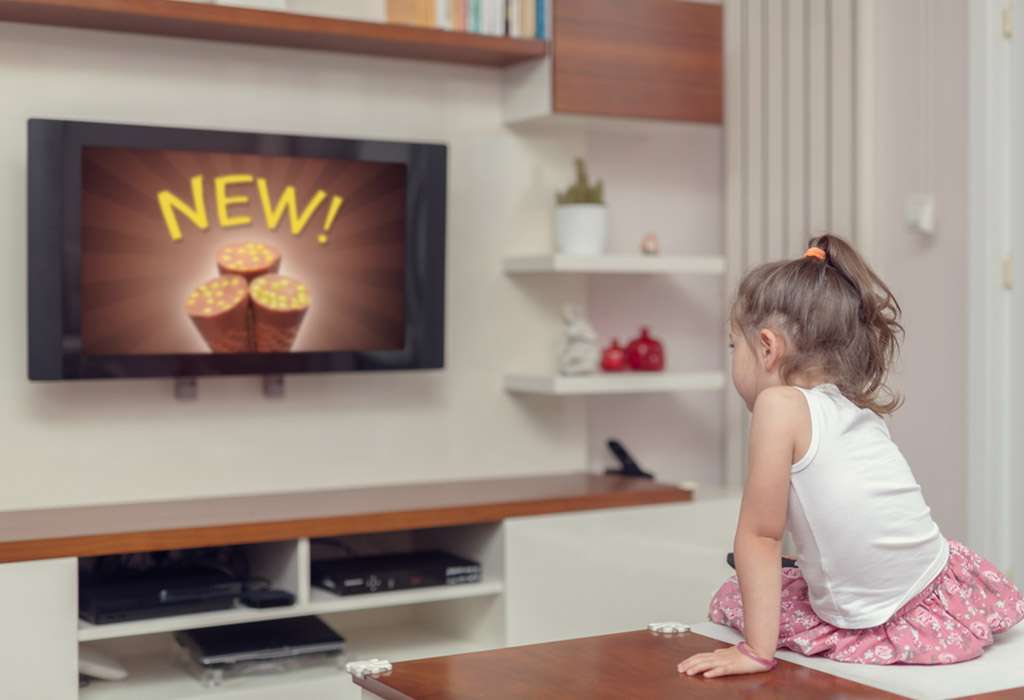Advertising has alarming impacts especially on kids and on families in general. However, We can teach our kids how advertising works.

We can protect them and teach them what to look for. When was the last time your kid put on a cute expression to get you to buy something for them at the store? Maybe your teen tried to educate you on the latest and greatest brand trends in fashion.
Alarming Impacts Advertising Has on Our Kids
Kids have the largest influence on food, entertainment, vacations, and even vehicles according to a study done on homes in Canada. Advertisers know this, so in 1983 companies spent 100 million dollars on advertising to kids. In 2007, companies spent 17 billion dollars on child-targeted advertising. It’s more powerful now than ever and we can’t change that. However, we can educate our kids and we can protect our kids.

How Kids Influence Our Purchases
Why do marketing companies target kids? There are three primary reasons.
- Kids are vulnerable and susceptible to advertisements.
- Companies want to build brand loyalty from a young age.
- Kids play a large role in family purchases.
Advertisers don’t view all children equally. They put kids into three different categories depending on what they’re trying to sell. This is turned into three different markets. First is the primary market which is kids consuming with their own money. Second is, the influence market which is kids affecting parents’ purchases.
Third is the future market which is kids’ purchases once they’re grown.

Pester Power
The influence market goes deeper than you may think. Marketing companies exploit children for something they’re good at, pestering their parents. Advertisers refer to this as pester power from a marketing standpoint. This is a child’s ability to nag their parents or pester their parents into buying something. An advertising executive said, “We’re relying on kids to pester the mom into buying the product rather than going straight to the mom”. Easy and Tested Ways of How to Be a Good Mother will be worth reading here. So that’s kind of scary with them, targeting our kids in two ways.
- Persistent nagging which is the child playing over and over until their parents give in.
- Importance nagging which is guilting the parents into buying what’s best for their kid, based on the marketing company’s definition of best, of course.
Children Are the Future Market
Kids influence more purchases than we think and probably more than we’d like to admit. A marketing researcher, who specializes in child marketing explains, that every auto manufacturer has a strategy to target children. Advertisers know how much your kids influence the vehicle you drive. They use that to their advantage and continue directly from the influence market into the future market because again children are the future market and brand loyalty starts at a young age.
Brand Loyalty
Let’s talk about brand loyalty in children. Credit Card Barbie carries a Visa and this isn’t to make the Barbie realistic. This is a strategic endorsement by Visa. Credit Card companies know how much brand loyalty starts at a young age because credit card decisions are so often tied to the very first Credit Card anyone ever has. Over 70 percent of kids will keep their first credit card indefinitely. This is a big deal for marketers. It’s easy money often for a lifetime and advertisers don’t even wait until your children are old enough to start playing with their first Barbie. According to a new study, this can happen as young as two years old. Two studies dating back to 1944 and 1964 show that 23 percent of adults are still using products they used when they were kids. Some Disney princess names that you can choose for your baby girl will be worth reading here.
Effects of Logo Visibility
Therefore, when a company gives away free products at your school and sponsors something and their logo is branded all over the thing they’re sponsoring, they’re not just doing that because they want to help out.
Food companies like Craft Pizza Hut and Subway make their way into your kids’ lunchrooms with the idea of buying their brand loyalty. On average, kids between the ages of 2 and 11 see more than 25000 advertisements on television alone not including product placement. Advertisements are everywhere and your kids pay a lot more attention to them than you do.
Buzz Marketing

Some companies take it a step further and it gets really scary. Proctor Gamble has a panel of 250,000 teens who are asked to talk to their friends about Procter Gamble products. This is referred to as buzz marketing and it’s infiltrating our schools. Companies like McDonald’s and KFC have products that are directly marketed to kids to be perceived as a healthier option. We all know that both of those laces contain few if any healthy options. Kathy Laylee senior vice president at Kid Leo in Chicago who handles accounts like McDonald’s and Nintendo says that she doesn’t believe they are manipulating kids. She believes they’re not getting kids to buy things that they wouldn’t already buy. She says advertising marketing and making brand decisions is part of life and I guess that makes her feel better about all of the child-targeted advertising.
YouTube Advertisement
YouTube is great for education but your kids may be viewing more than you know. You can’t shelter your kids from all the ads they’re going to see. However, you can be intentional about what they’re watching. People know that YouTube can’t monitor all of the videos at all times. It’s simply too difficult for YouTube to monitor everything on there, even though they have restrictions on what you’re allowed to upload. The top 10 Best History Channels on YouTube for Kids in 2022 must be read here.
It’s all related to advertising, marketing, and unfiltered internet content. It can be toxic and the only way to fight toxicity is with intentionality. As far as marketing goes extended sessions watching TV or watching YouTube will guarantee tens of thousands of ads in front of your kids and screen time becomes the selling time. This is literally about indoctrination by all of these companies.
How to Protect Your Children?
I. Explain Impulsive Buy
Protecting your children starts with our habits. So, for example, if we’re at the checkout line and we make an impulse buy because of advertising or marketing. First, we need to make sure our habits and actions are lining up with what we’re telling our kids. If we do decide to make that impulse buy you can explain it to your kids. Also, explain that you’re going to buy it and they got you and we’ve done that before but we usually try to just avoid impulse buys. However, use those as teachable moments to show kids. This advertisement is trying to get you to buy it or to show them why they want to buy this toy. Why does it look so great and how they’re not playing with the toy that they bought two weeks ago anymore? So we have to control how we’re responding as parents to advertising and marketing before we can begin to explain this to our kids.
2. Teach Them How Advertising Works
Moreover, the main way we can protect our kids is to simply teach them how advertising works. Teach your kids why they want to buy the toys and the candy and the things they see showing them the bright colors. Watch some videos on advertising and how marketing companies use colors and different things to almost force you to buy the product. Show them how marketing companies target them. It’s perfectly fine for your kids to want things they see in advertisements and on TV I’d be more concerned if they didn’t. It’s just important to help your children make these purchasing decisions as opposed to a multi-billion dollar marketing company helping them make the decisions.
Three More Practical Tips
There are more practical ways to protect your kids from advertisements and marketers. Here are three tips right now on what you can do.
Have your children share jingles slogans and campaigns that they’ve seen from advertisements. Start with the ones that they remember that are ingrained and guide them to discuss why they think they remember these things and these ads specifically. Discuss how powerful they are and how much they affected their decision and their wants.
Talk to your kids about why they think the internet is a powerful place for marketing. Let them show you how they are marketed whenever they’re on the web.
Show your kids a TV program or a video of some sort and have them explain to you the ads that they remember and talk about why they think they remember those specific ads.
Conclusion
If we’re intentional and we’re involved in our kids’ lives, we can combat what they’re seeing. Make sure everything they’re seeing is rational and, of course, help them understand advertising. They must understand marketing and know it when they see it. Unmonitored media consumption is the biggest threat to this. We have to know what our kids are watching so that we can explain it to them. If we just let them watch whatever they want to market, we are going to raise marketing-conscious kids. Screen time will become sell time. We have to protect them before the marketing companies get to them. We can fight the unwanted impact of advertising and marketing for future generations because we will teach our kids to do so.